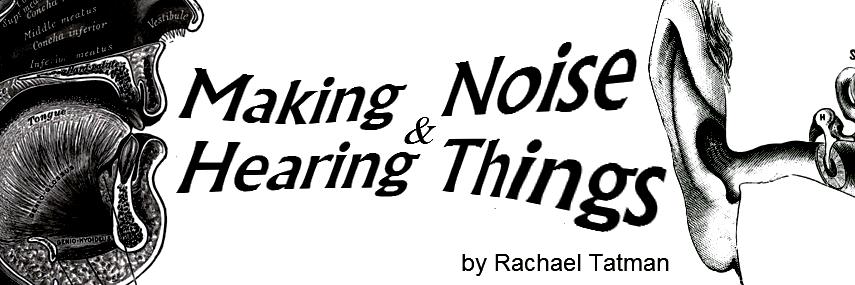Oh, so in my last post I talked about the tongue part of tongue twisters. But, as I mentioned, the really interesting part of tongue twisters comes from the brain, not the tongue. It all has to do with lexical access.
Lexical access: The process through which a speaker or listener accesses their mental lexicon (i.e. the not-so-tiny brain dictionaries we all have and are all constantly changing).
If you were a computer, your mental entries on various words would be like files you needed to access. Like, if I write “kumquat”, you probably have some sort of mental entry for it. Even if you’ve never eaten a kumquat, you’ve probably seen them, so you have that mental image associated with the words–like a .txt file with a picture in it. So, once you hear or read “kumquat”, you need to rummage around until you find that file, then open it and access the information inside. And you do! In fact, you do it very, very quickly. You do it for every single word you ever read or hear, and you do it in reverse for every word you ever write or say.
This is your brain on language. Well, some of the bits that deal with language, at any rate.
So lexical access is a very important process. You need it for every single aspect of language use. The good news is, there’s a lot we know about lexical access! Remember when I talked about priming? That’s an aspect of lexical access. The bad news is, there’s a whole bunch we don’t know about lexical access.
(Is lexical access starting to sound like a fake word yet? That process, by the way, is known as semantic saturation.)
This is where tongue twisters come into play. (No, I hadn’t forgotten them.) Why? Well, it turns out that tongue twisters are a really good way to get at what happens during the lexical access process. Like many things that happen in the human brain, it can be difficult to study lexical access. Unlike physicists, linguists can’t break apart the mind to see what happens and figure out what’s going on. First, it would be deeply unethical. Second, when you break a brain open, it stops working. Sometimes, however, the brain does something weird. Like with tongue twisters. If you read my previous post, you know that the tongue itself can cause problems… but not enough to explain the most common errors, like saying “How can a clam cram in a clean cream can?” as “How clan a cam cram in a clean cleam can?”
In a 1999 study, Carolyn E. Wilshire found that there were two main contributors to making tongue twisters tricky. The first factor that made it easier to confuse sounds was whether the confuseable sounds were similar. There’s lots of technical reasons this is, but basically sounds can be grouped together and some sounds are more like other sounds. “t” and “d” are really similar, for example, whereas “k” and “m” are not really that alike. Unsurprisingly, sounds that are alike are easier to confuse. Basically, you reach for something that sounds similar, then realize that you made a mistake and try to correct your error.
The second factor was that it was easier to confuse sounds that were repeated. This is because you’re more likely to “reach for” something you’ve already gotten out once, even if it’s the wrong thing. Together, these factors make for some really awesome tongue twisters. Awesome for two reasons: the first is that they’re really, really hard to say. (Try moss knife noose muff!). The second is that we can use tongue twisters like these to help increase our understanding of the human mind. And that’s what it’s really all about.

One thought on “Why are tongue twisters tricky? (Part 2)”